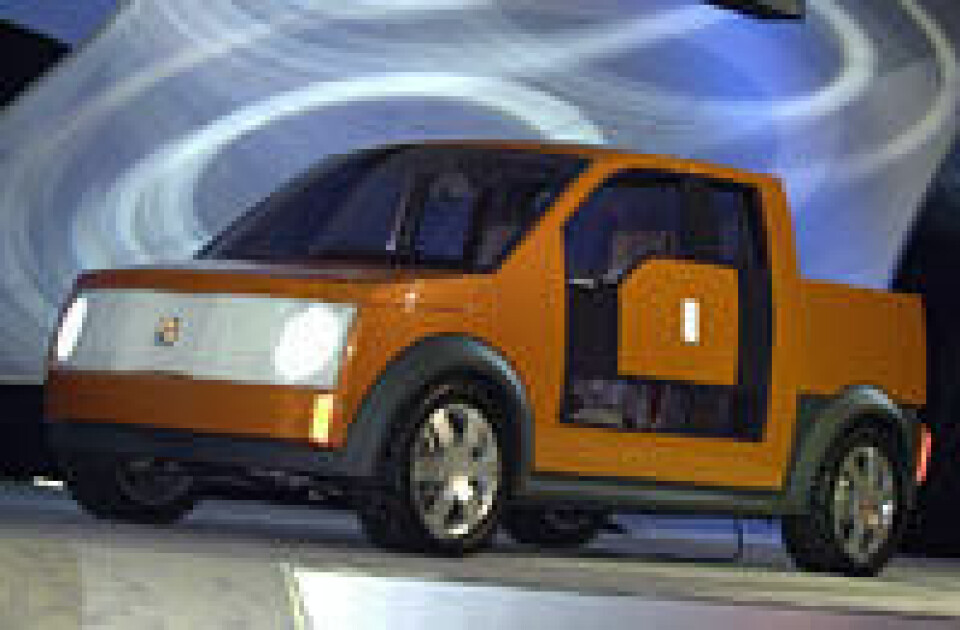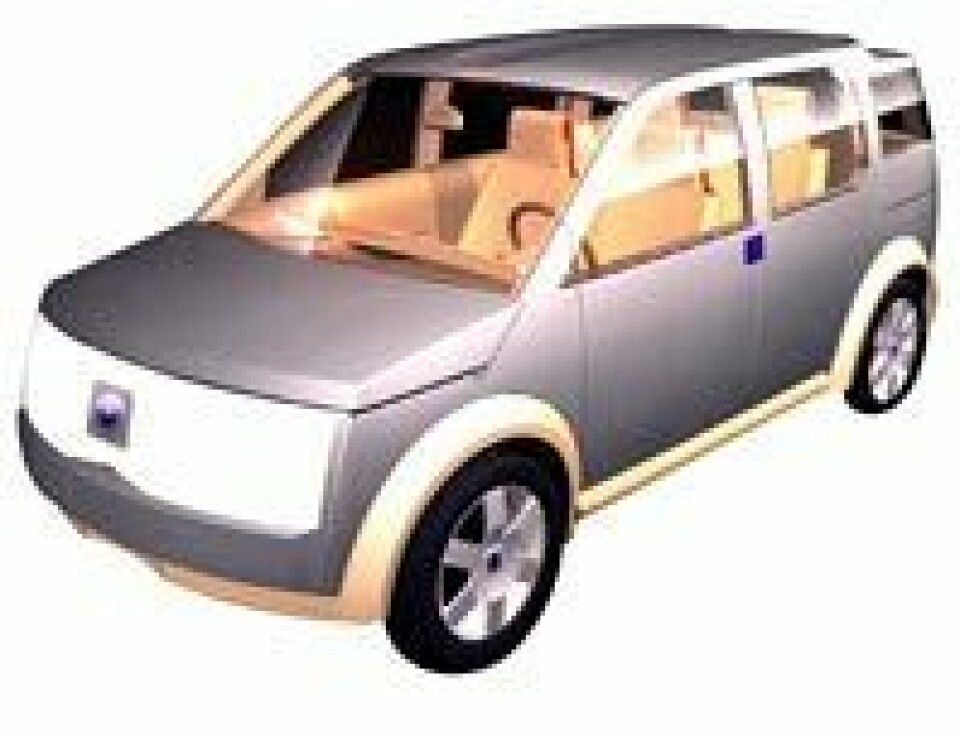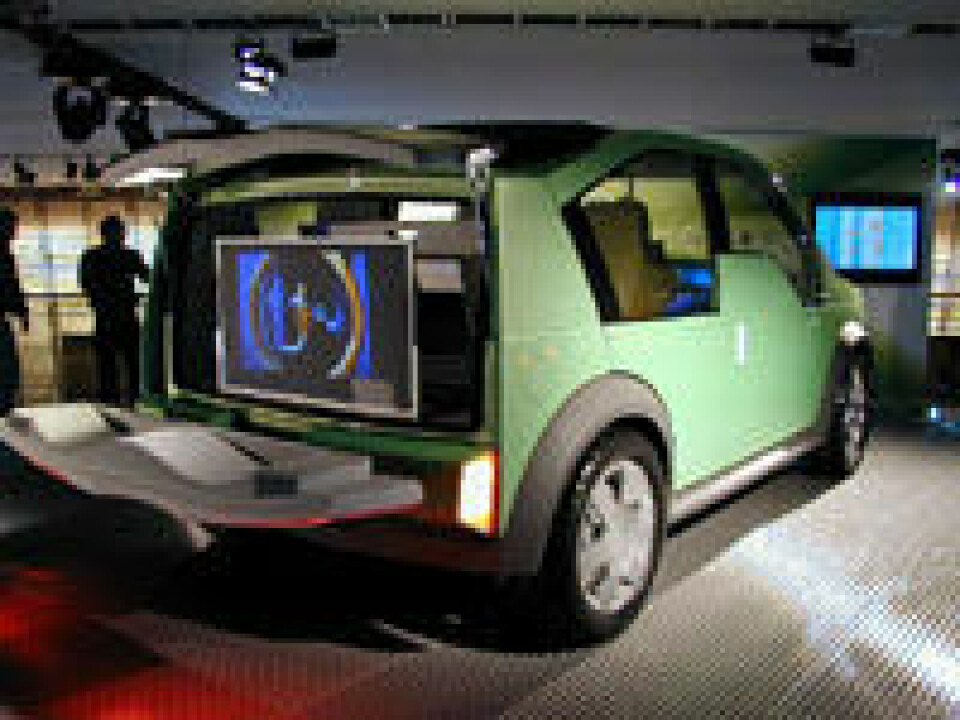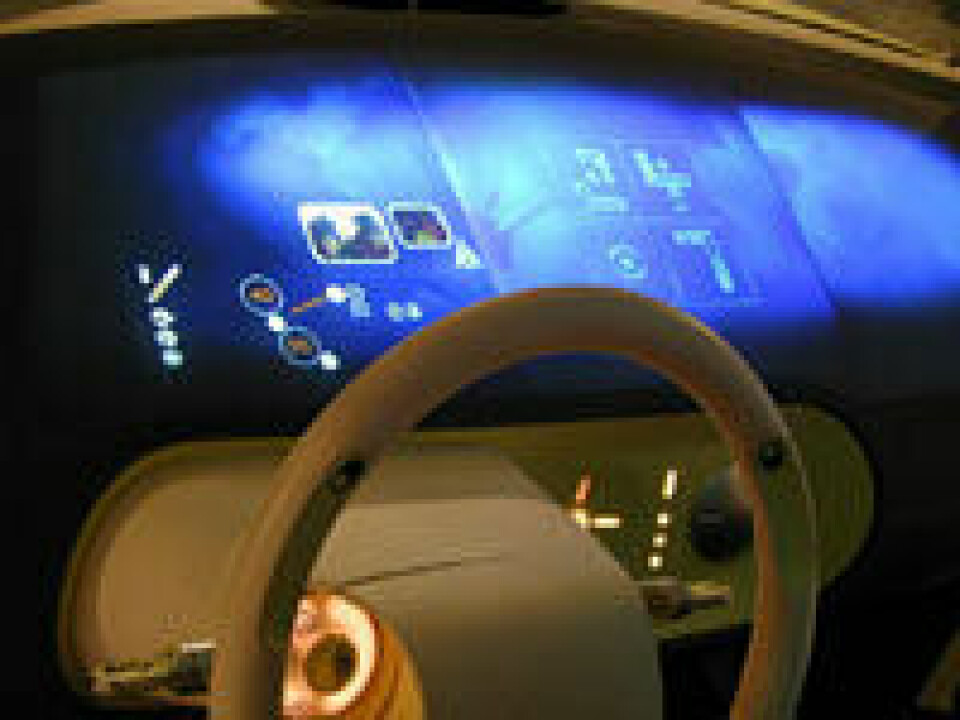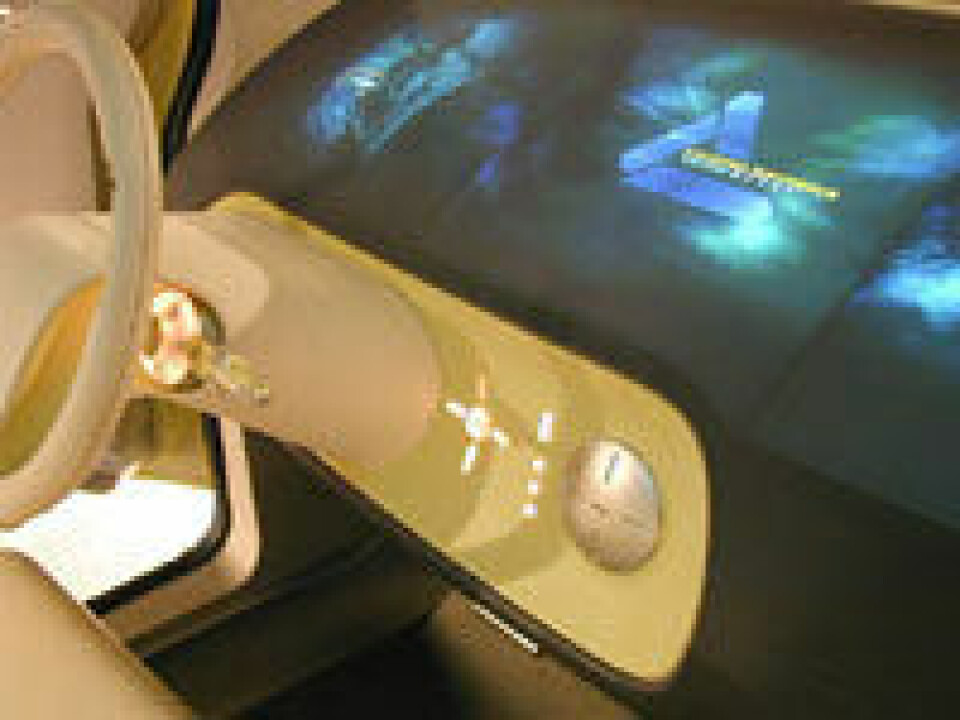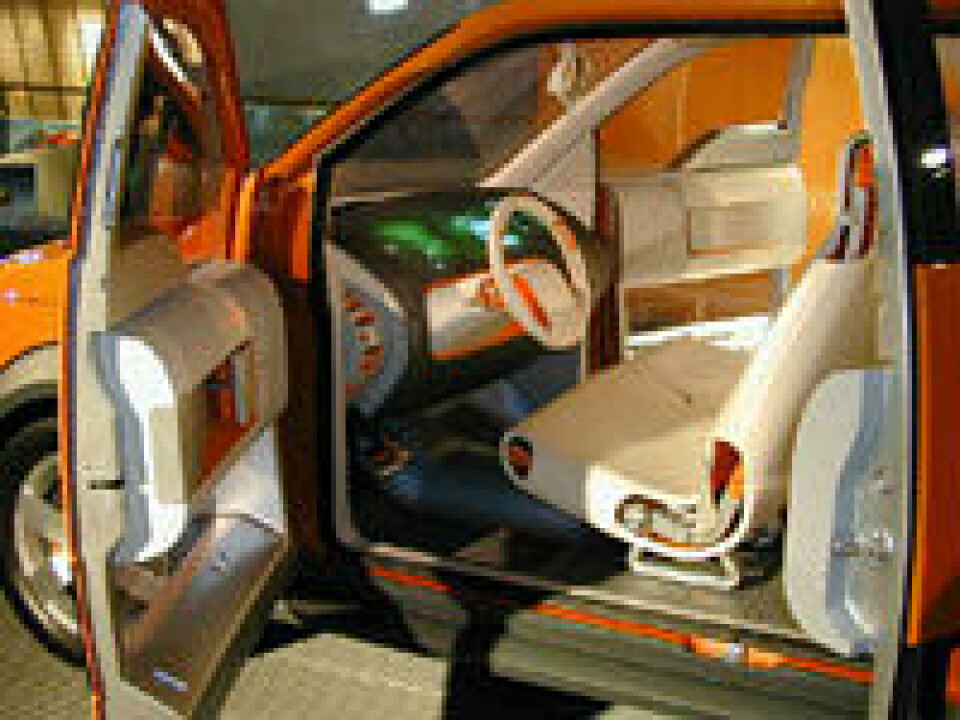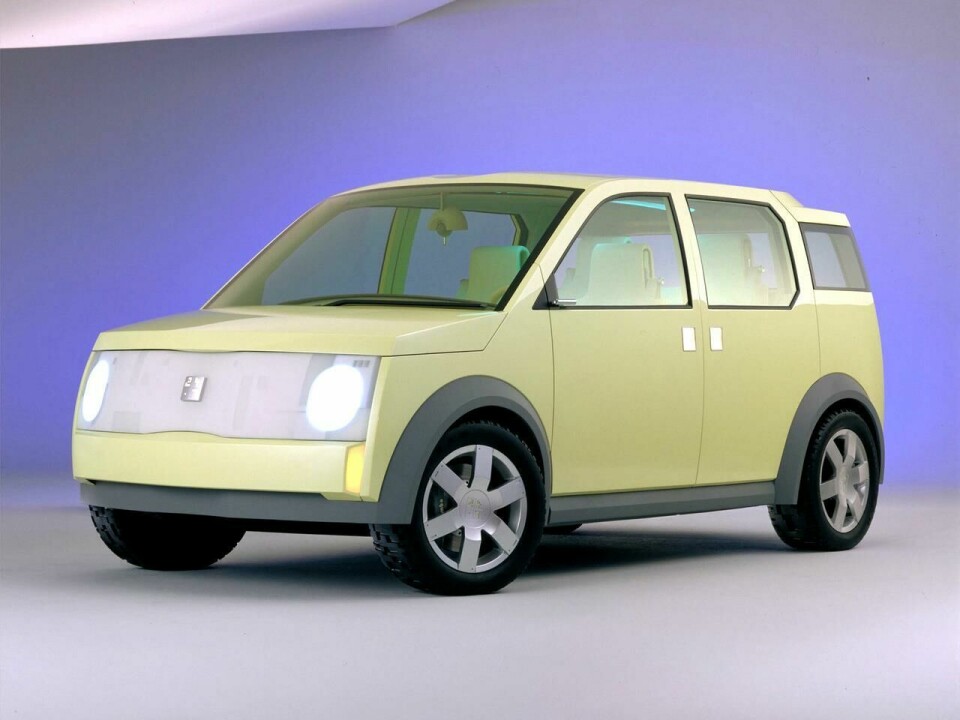
Ford 24-7 Design Review
One of the most provocative concepts at the NAIAS was Ford’s 24-7
One of the most provocative concepts at the NAIAS was Ford’s 24-7. The coupe, wagon and pickup concepts focused on connecting people, travelling with friends and the honest and friendly use of technology. From the distinctive logo and name that conveyed the digital/internet theme, to the product influenced aesthetics, the 24-7 designs were atypical of Detroit and therefore extremely refreshing.
The interior of the 24-7 explored the domain of information design. The entire instrument panel surface served as a screen upon which reconfigurable displays are rear-projected. These displays can be customized to the individual user with vehicle data, internet services or even family photos. This level of interior personalization reflects the added time we all spend in our vehicles and the need to surround ourselves with our stuff. Think of it as a your computer desktop that you have customized with a photo of your family, pet or favourite place. Beyond the display technology and graphics, the 24-7 employs advanced telematics and voice activated controls. Ford’s presentation of the 24-7 focused on the way that indiviual users of the family car would be able to customize the interior ambience, call up their own music from the internet, contact their friends, and arrange to meet with them. The voice-activated system integrates web access, e-mail and other messaging and navigation services. Internet access from your car clearly is a trend in the industry and many players are rapidly moving into this arena. The 24-7 reconfigurable displays and advanced telematics foreshadow what may very soon be commonplace in our vehicles.
Beyond the information design, interior details were also well executed. Each vehicle used metal, fabric and plastic in perfect texture and colour balance. The seats were simple surfaces wrapped around a partially exposed metallic frame floating within. This space between the seat cushion and the frame gave the seat a sense of lightweight comfort and solid structure. The detailing of the seat controls was also nicely executed. In the middle of the seat cushion, a centre armrest helped break up the large surface graphically. Furthermore, the steering wheel, vents, and pedals all continued the theme of material and colour accents. Negative space was highlighted with color giving each component a sense of depth and substance.
The exterior proportion of the three vehicles can best be described as compact and simple leaving the graphic treatment to provide interest - especially on the pickup. These unpretentious shapes may not appeal to everyone’s taste in the current show context of longer, lower, wider, and bigger. Regarding the details, small cylindrical cameras were placed where side rear view mirrors typically are found. Turn signal indicator lamps were placed in the side of the bumpers - not the most creative elements of the 24-7. Very interesting was the grille area which had a white textured look similar to a widely woven quilt. This one element added some interest to the front view. Large headlamps employing LED technology promised lifetime operation and also had a simple look about them that matched the overall theme. One other interesting exterior detail was the 24-7 badge itself which was lit from within. Despite some good detail work, the overall exterior design had the appearance of a simple Alias math model with the headlamps as just a glowing surface. As a further criticism, the exterior looked somewhat unfinished. Clearly the focus of the 24-7 was on the connectivity associated with the interior, however, the exterior seemed incomplete. With such a well thought out interior, the exterior seemed ignored and was therefore inconsistent with the overall concept.
In addition to the common design elements among the 3 vehicles, the coupe was a tall vehicle with plenty of passenger space for taking along your friends - the video presentation alongside the vehicle repeated this over and over. The interior provided stadium seating for the advantage of rear seat passengers. Above the passengers was a retractable fabric roof which didn’t seem particularly innovative. However, a large flat panel display deployed from the cargo area for viewing accompanied by speakers in a drop down tailgate. Was this feature planned for all night raves or just another channel for motor show hype? Nevertheless, the interior surface of the tailgate with its curves and graphic breakup was pleasing to the eye.
The Pickup version offered a midgate between the passenger compartment and the cargo bed which presumeably would offer greater cargo carrying flexibility. The exterior execution remained true to the 24-7 theme with the concave centerline surface appearing in the tailgate and reflected also in the midgate. This surface feature carried throughout the design from the front end to the top of the insturment panel.
Finally, the Wagon also had stadium seating in the rear as well as plenty of headroom with a roofline that accentuated the passenger space.
In a show where excessive size, styling and aggression are the norm rather than the exception, the 24-7 was an inspiration. And while not a complete success in terms of design, it does represent a brave attempt for design that stretches the boundaries of common expectations. The interior design especially and the overall concept are exceptional examples of forward-thinking design that explores, challenges, and does so in an aesthetically pleasing way.
Julian Scott.
More photos of the 24-7 are in the Detroit Autoshow Photo Gallery
Photos: Brett Patterson and Jim Fets.
Illustrations: Ford Motor Company


